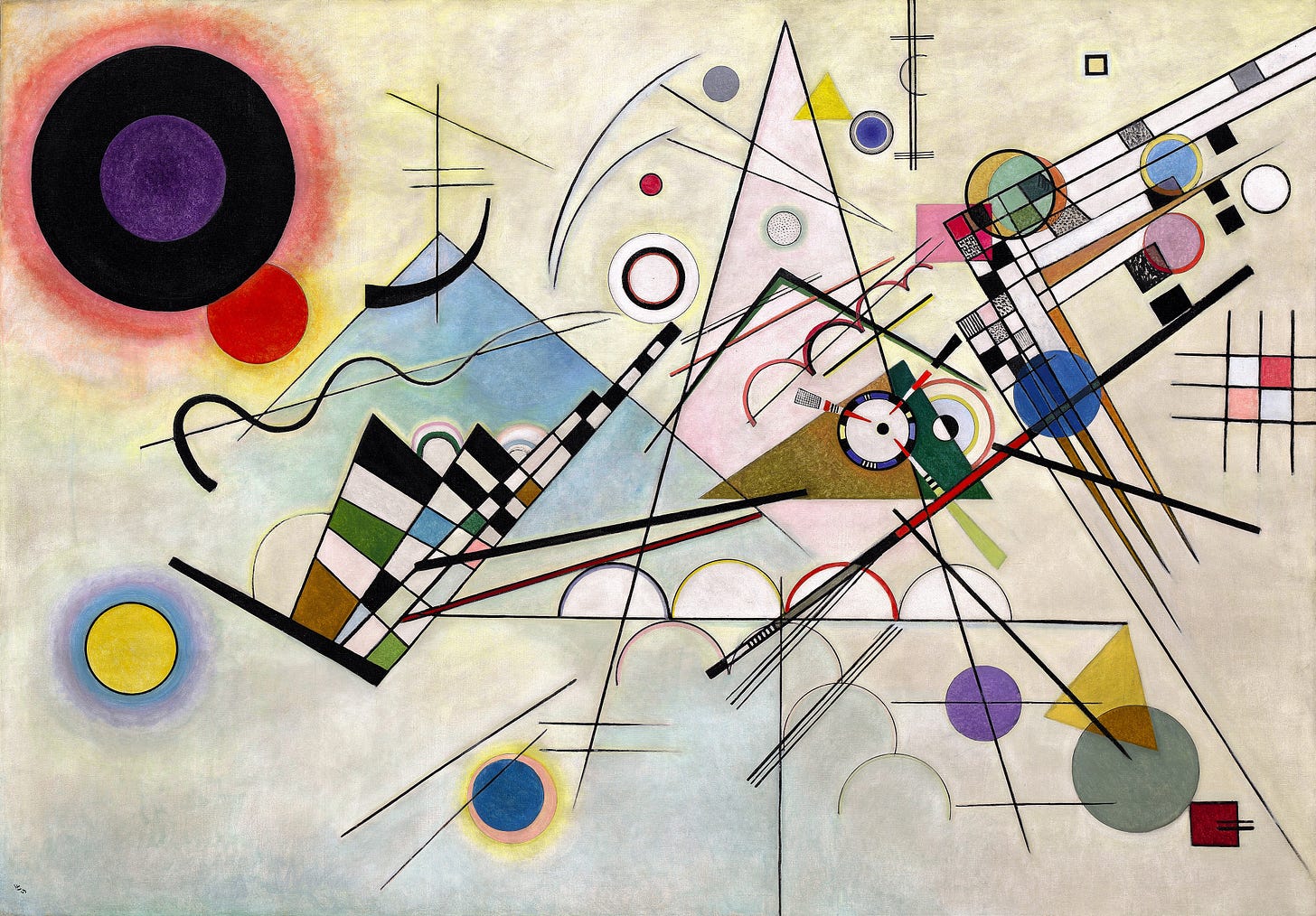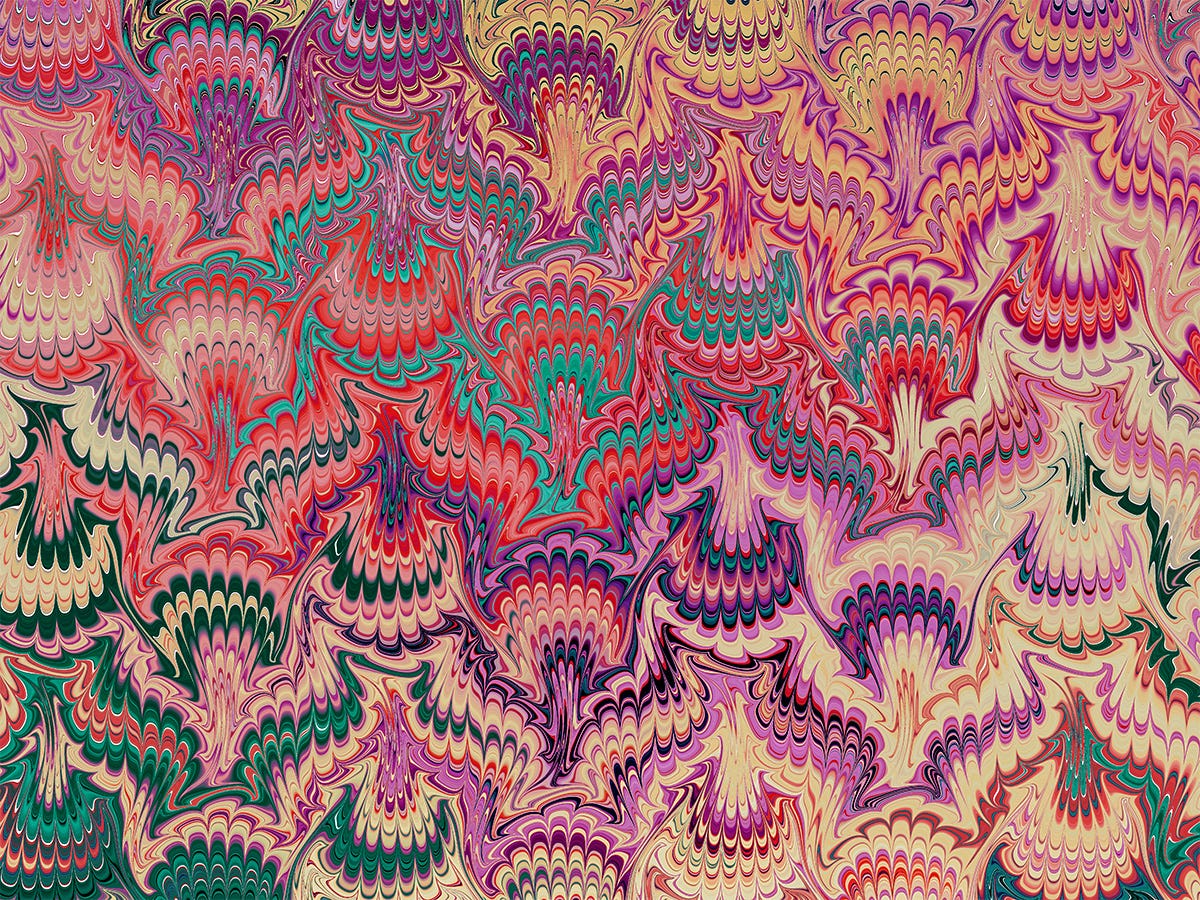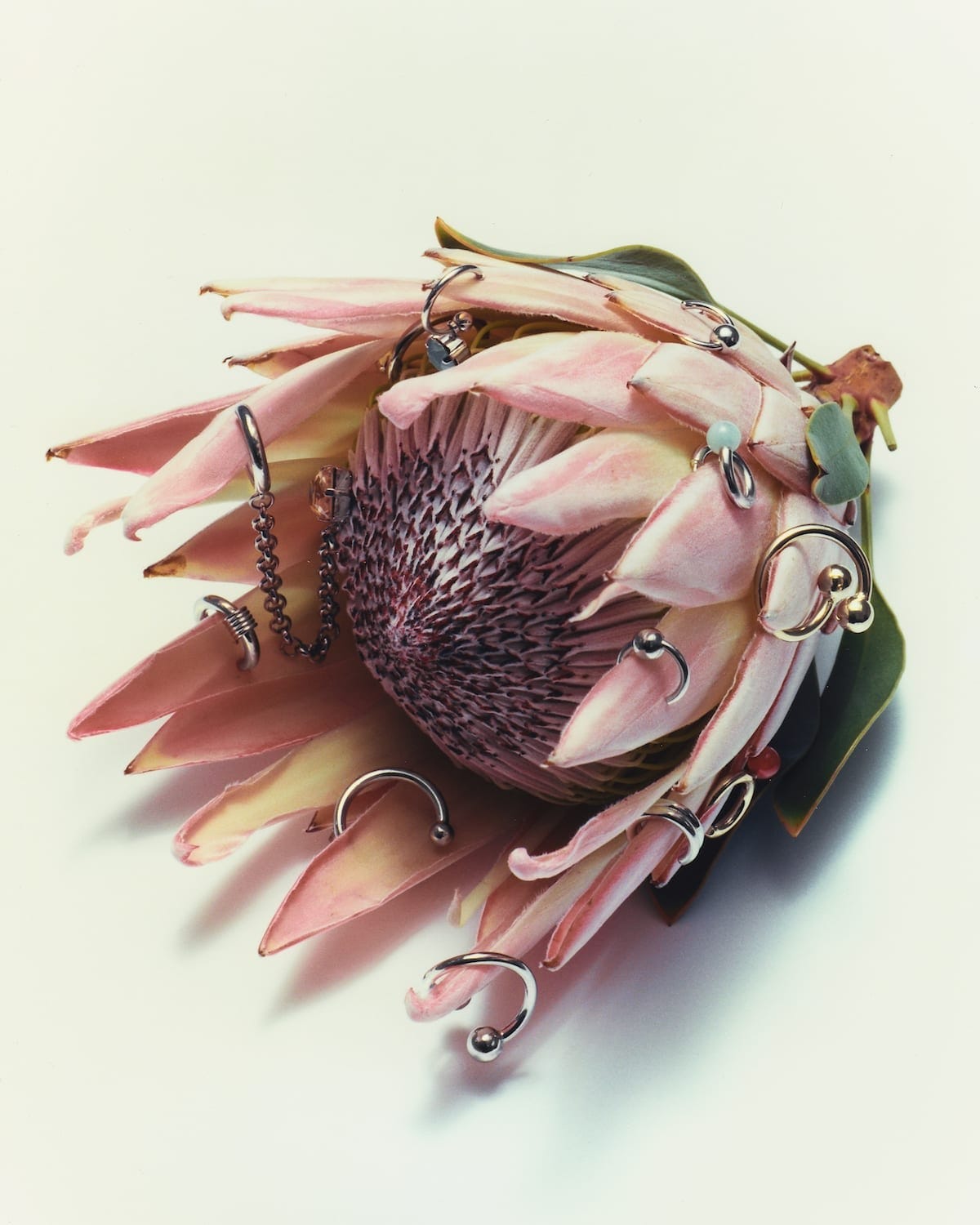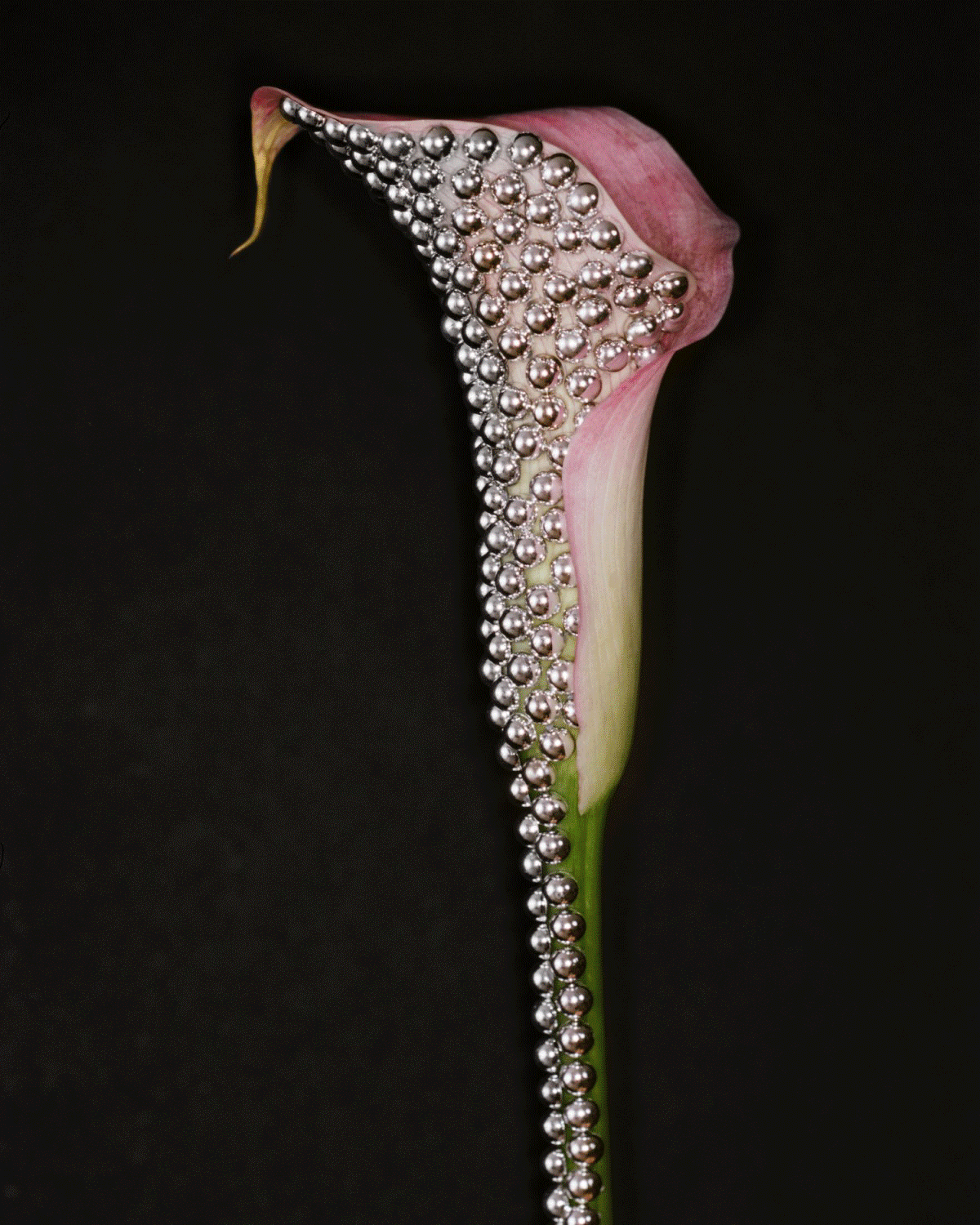Sublime Cells

EYES ON: Simple Thoughts by Khwampa
Digital tools are often used to recreate biological processes, for scientific and creative purposes alike. In the digital art world, “Microbiology” is a rampant theme. Artists like ciphrd and agoria are digitally replicating the beauty of natural growth. And, with such crisp quality and striking realism, these works make it hard to tell the difference between science experiment and art.
At first, Simple Thoughts, a series of digital paintings by artist Khwampa, exhibited last month on Verse, seems to fall into this “sciency” category. As if translated from the view of a microscope on a petri dish, bits of life are spread across the screen. Left alone, the contents might grow by themselves.
But, the more you look, the less organic these shapes become.
Made in MS paint, Khwampa’s work holds strong evidence that it has been made by hand, not by nature. The chunky pixelated lines, the playful scribbles, and what Verse calls the “the aesthetics of digital compression artifacts,” means that the illusion that each piece is a view onto a cell’s biological development slowly fades. Instead, the forms increasingly inhabit a different realm, sketched from the subconscious.
WHY WE’RE WATCHING:
How can a MS Paint black line so drastically change how we interpret a work?
That’s what’s so interesting. That MS Paint black line says so much. It speaks to the time put in to handmake each mark. It points to the mouse, the artist, their intentions, their imagination, and this piece in it. So, in noticing all of the small visual traits of the paintings — produced by the constrained tools of MS Paint — Simple Thoughts becomes a very different kind of digital depiction of life. Far from a simulation, the black line’s character pulls each piece into a view of life closer to those made by Kandinsky, of the subconscious, of the intangible, of the artist’s own mind. Cells turn into sublime shapes. And the biological structures of life become the stuff of abstraction.
Marbled Development
EYES ON: Amanda Ghassaei’s digital marbling

Marbling is a long practiced craft that uses the movement of water to create intricate swirling prints. Inks are floated onto the water’s surface, then delicately pushed into new shapes (or in cases which include a comb, more like torn into shape). The ephemeral patterns are then immortalised on material — pasted and stuck in place.
The first known cases of marbling are believed to date back to the 12th century in Japan. However, over the past 1000 years, it has been employed worldwide. Different cultures, utilising varied approaches and tools, have each created their own catalogues of marbled patterns.
Marbling, today, is little changed. A traditional craft, its products are romanticised for their continued use of old techniques.
But Amanda Ghassaei, the independent engineer, has created a digital marbling project which simulates traditional techniques to take marbling somewhere new.
For the more technically inclined, in her project breakdown, she delves into the nitty-gritty of creating a digital simulation of marbling, and the argument put forward for a mathematical model as opposed to a physics-based simulation. But for those whose comprehension of a simulation is limited to pure visual entertainment — these mesmerising sims do more than just hypnotise. They actually illustrate the possibility of entirely new marbling patterns.
WHY WE’RE WATCHING:
The project allows experiments in pattern creation that are completely impossible in the physical. Shape-making movements can be preformed with unmatched precision, from multiple angles, to create patterns that have never been seen before. Traditional patterns, in use for centuries, can be taken in new directions. And, as Ghassaei comments, she has “only just started to scratch the surface here.”
Ghassaei’s project is cool, not only because it gives access to an entirely new bank of marbled patterns we wouldn’t be able to achieve otherwise, but also because it serves as a very relevant example of how a craft — with deeply rooted practices and historical means of production — can still be evolved through technology today.

Flowers in Fashion
EYES ON: Beaude Studio
We’re often looking at the edges of fashion — those things that aren’t quite wearable but contribute to the visual cultures that clothes allow us to inhabit. Flowers, maybe unexpectedly, often appear in these edges.
From fashion events to photoshoot prop inventories, flowers have always played a major role. No matter the trend of the day, or even how inorganic or futuristic a trend purports to be, flowers are present. And so, artists creating anew with fashion’s flowers are always of particular interest. Beaude Studio, a floral artist based in Paris, is a great example.
Using flowers as subjects in themselves (and not just decoration), Beaude Studio’s creations “focus on the strength and beauty of each individual flower, combining them unexpectedly to portray a sensibility of futuristic floral manipulation.”
WHY WE’RE WATCHING:
Although depictions of flowers have been a fixture of art for almost ever, forming a large part of what is known as the “Still Life” genre, Beaude Studio’s work is set apart in their casting of flowers as protagonists. The flowers are transformed from subjects of study to leading characters.
In Beaude Studio’s photographs, flowers wear, flowers pose. Studded with jewels, they are photographed like models.








